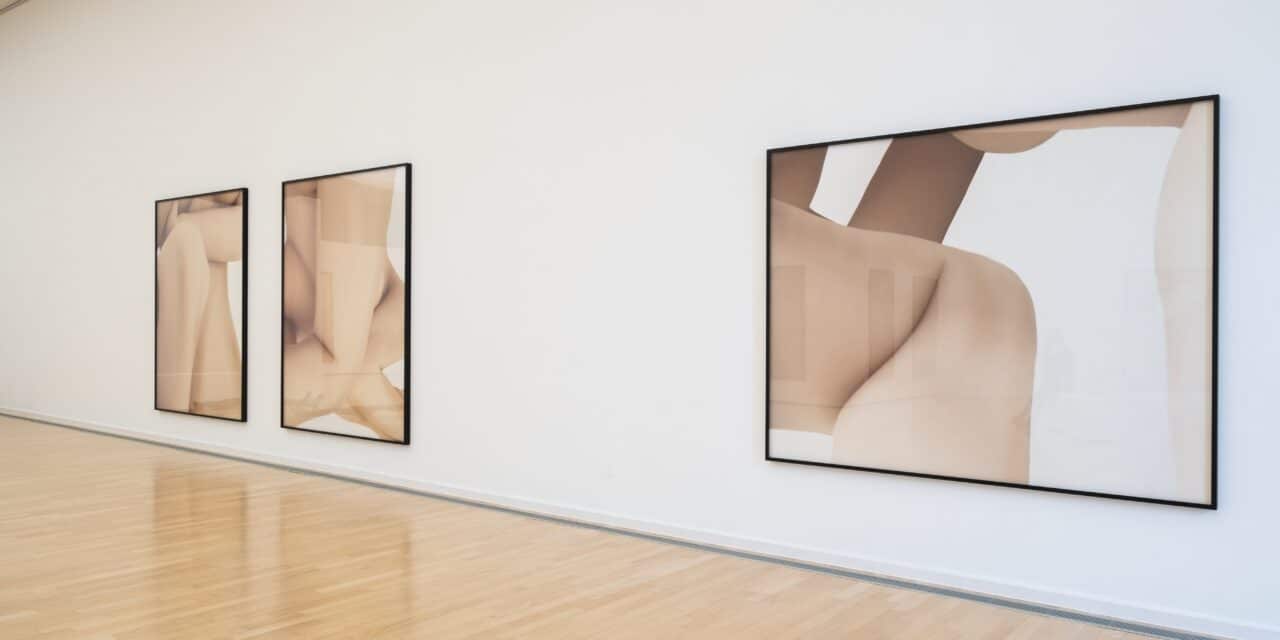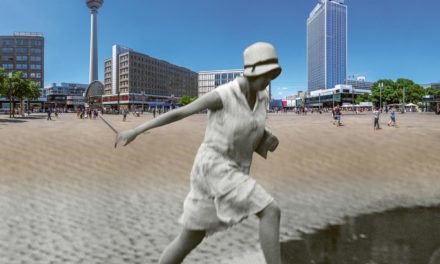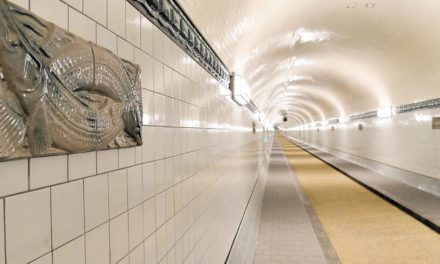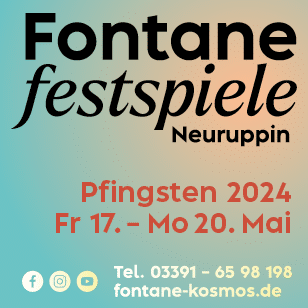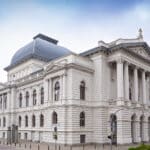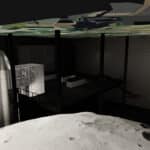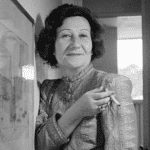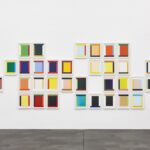The question of identity has always preoccupied artists. Paula Modersohn-Becker's "Self-Portrait on the 6th Wedding Anniversary" (1906), for example, is a striking example of the painter's search for an expression of herself.
Louisa Clement (*1987, Bonn) also starts with herself in her art, but goes even further. She poses the question of how identity will emerge in the future and examines forms of transformation. What possibilities and dangers arise from the symbiosis of humans and artificial intelligence? What value does an individual have when knowledge and thoughts can be transferred to artificial systems and the body can be duplicated? Louisa Clement dares to test herself with her work series Representatives (2021/22) and has used casts to create artificially intelligent dolls of herself, which are "fed" with biographical facts and thoughts of the artist and even develop further through experiences and conversations with others. The transformation of one's own body goes hand in hand with the different ways in which the being unfolds - a fascinating and disturbing multiplication of the self. Clement continues the series of works by female representatives in close-up photographs of the body, whose flawless appearance is reminiscent of social media photos in which people transform themselves into perfect figures with the help of image editing apps.
But it is not only new technologies that Clement incorporates into her art. transformationsschnitt (2015) also shows how consistently her works are characterized by the idea of transformation and the creation of new physicalities. For this work, she used up to eight tons of the poisonous gas sarin, which was melted into glass and thus destroyed, and which was used against the population during the Syrian civil war by Assad, among others. The massive presence and aesthetics of the shiny black fragments stand in stark contrast to the use and function of the deadly gas.
September 2, 2023 to January 21, 2024

